Should you ever need proof that sports cars are getting better with every minute nowadays, the two you are looking at above will provide it with more than a little room to spare.
Because what strikes you about the Porsche Cayman GTS and Jaguar F-Type V6 S coupé – especially when they’re lined up beside one another, sporting similarly bright red paintwork, waiting metaphorically to lock horns – is that they are both such lovely-looking cars.
Deciding which one might be the better of the two is therefore likely to be an exercise in semantics, because this is a contest in which personal taste is always going to count for much.
However, there are key differences between them – quite dramatic ones in some cases. Besides, we at Autocar have never been all that happy to deliver a ‘horses for courses’ type of verdict, so separate them we shall attempt to do.
But before any opinion about what they do and how they differ from one another subjectively, let’s work out what they’ve got and how much they actually cost – because even here, there are elements that are far from straightforward.
The Cayman GTS, for instance, costs a seemingly fine-value £55,397 in its basic form, for which you get a 336bhp version of Porsche’s 3.4-litre flat six engine, an uprated chassis, PASM (Porsche’s electronic damping control system) as standard and a six-speed manual gearbox, among other goodies.
Factor in the options fitted to the test car, though – which include carbon-ceramic brakes, sports bucket seats, a limited-slip diff with torque vectoring and the no-cost optional sports chassis – and the price of the GTS soon heads towards the wrong side of £70k.
Read the Porsche Cayman GTS first drive review
And at that point, the Jaguar F-Type V6 S coupé, which initially appears to be the pricier of the two, at a whisker over £60k, actually becomes nothing of the sort.
Why? Because the Jaguar comes as standard with an eight-speed automatic gearbox, a limited-slip diff and a far better-appointed cabin, featuring most of the elements you need to pay extra for in the Cayman straight out of the showroom.
In reality, therefore, it is the Jaguar that is the cheaper of the two – by about £5k if you spec them like for like. So right there is one reasonably big difference to bear in mind.
As, of course, is the fact that the Jaguar’s V6 engine is supercharged and sits squarely between the front wheels, whereas the Cayman’s flat six is atmospheric and nestles lower in its chassis, behind the seats but well in front of the rear axle.
Front-engined versus mid-engined, supercharging versus atmo, manual gearbox versus automatic… already a picture is starting to emerge.
And yet still we haven’t mentioned arguably the biggest difference of all between them on the spec sheet: how much they weigh. Bottom line, despite Jaguar’s latest and greatest sports car featuring all sorts of exotic materials, the F-type coupé still weighs 249kg more than the Cayman GTS.
So whenever the Jaguar tries to stop for, or turn in to, or accelerate out of a corner, it will always be carrying the equivalent of an extra three decent-sized passengers, even though it is a mere two-seater like the Porsche. And that’s a huge advantage to give away before you’ve so much as turned a wheel against one of the sweetest-driving sports cars there has ever been.
There are plenty of ways in which the F-type can and does hit back, of course, all of which we’ll come to in a while. But that fundamental difference between them, a full quarter of a tonne of extra kerb weight, never fully goes away, no matter how much more delicious its exhaust note may be, or how much extra power and torque it develops.
Interestingly, the Jaguar definitely feels, and indeed is, marginally the quicker of the two in a straight line where it counts. Ignore the 0-60mph times, because these include the extra benefit of the Cayman’s superior initial traction when leaving the line, and instead consider the more realistic scenario of being in second gear and then nailing it all the way up to the top of fourth.
Side by side – and we did just this at the track – the Jaguar more than has the edge, which is surprising, perhaps, until you consider the following.
One, the F-type has a lot more torque to call upon – 339lb ft between 3500rpm and 5000rpm against 280lb ft for the Cayman, which doesn’t even register until 4750rpm.
Two, the ratios within its eight-speed gearbox are shorter and stacked more closely in the Jag than they are in the surprisingly long-geared Porsche.
Also, the gearbox itself shifts that little bit quicker than any human could in a manual Cayman. Ticking the box marked ‘PDK’ in the Cayman would add an extra ratio and bring a touch more kaboom to its mid-range acceleration, true, but it would also add yet more thousands to the price of the already pricier GTS.
What’s more, the Jaguar’s supercharged V6 emits a cartoonishly magnificent noise at 5000rpm and beyond, one that eclipses even the GTS for pure bravado, even if the Porsche does make a deeply menacing sound all of its own. As with their styling, the F-type is more extrovert in its performance.
It howls and screams and goes that little bit harder in the process. That said, the Cayman has the higher top speed – 177mph versus 171mph – and is fractionally the cleaner, at 211g/km versus 213g/km.
You find yourself driving them in quite different ways in order to get the most out of them. The Porsche needs revs and only really reveals its true colours on the far side of 6000rpm.
Up until then it feels merely rapid, but over the final 2000rpm it goes delightfully berserk. The throttle response becomes ultra-sharp, which has a knock-on effect on the chassis that we’ll come to. At its peak, the GTS feels every inch as fast as the Jaguar.
But because the Jaguar requires less effort to get more out of generally, it always feels more potent than the Cayman.
Read the Jaguar F-Type coupé review
More energy is unleashed via far less throttle in the F-type, and you can find yourself driving it very quickly across country almost without realising – whereas in the Cayman, every extra mile per hour requires an increase in both physical and mental effort. The Porsche feels more intimate and intense as a result, the Jaguar less manic and more relaxed.
It’s not quite like that with their handling, steering, ride and braking qualities, though, because in all of these areas the Cayman consistently has the edge.
In isolation, the Jaguar has pretty decent steering, with a meaty kind of response to its broad leather rim that enables you to place the nose of the car in any corner just so. And it neither understeers nor oversteers to any great degree, either (unlike the V8 F-type coupé, which is maybe a bit too lively for its own good at the rear in some circumstances) and it stops about as well as you could wish for in a 1600kg sports car.
But however sharp and agile and composed the F-type feels, the Cayman instantly seems that much more incisive when you climb from one to the other and drive it through the same set of corners.
You get the immediate impression that there is simply less car to maintain control of, and by that I mean less inertia to keep in check, less body roll to deal with and less space required in which to slow down or change direction or aim at the next apex. The Cayman just needs less room in which to operate, basically, and yet it has more grip mid-corner and feels a fair bit more adjustable via the throttle.
And right at the top of its game, if you’re prepared to stand firm on the edge of the cliff and then look down into the abyss, the Cayman can do things that the F-type can merely dream about. Between 5500rpm and its 7900rpm cut-out, the Cayman’s engine becomes so responsive that it actually alters the whole feel of the chassis.
Up at 5500rpm and beyond, every thousandth of an inch of movement on the throttle unleashes an extra hit of energy through the rear tyres, in turn increasing the sense of response beneath your backside.
Get right in tune with this car and you can steer it on the throttle as much as you can via the steering wheel itself, assuming that there is the space in which to do so.
I’d not recommend going that far on the road too often, but on a track it becomes a defining factor of the GTS. It’s the reason why, sometimes, you will climb out of this car chuckling to yourself, giddy about what it will let you get away with.
For a mid-engined sports car, its level of forgiveness is extraordinary, yet at the same time it feels as sharp as a razor blade, fresh from the packet.
The verdict
As a combination, allied to the GTS model’s stunning good looks, beautifully made cabin and fabulous flat six engine, this Porsche makes for one heck of a package, even if that package is on the wrong side of expensive once all the right options have been added.
And it’s enough of a package overall to leave the Jaguar not so much reeling in defeat as blinded by the genius of the GTS. The F-type does very few things wrong and most things very well indeed.
It looks sensational inside and out, goes hard, sounds great, stop well, handles entertainingly, steers properly, costs slightly less in real terms and is significantly better equipped. It also rides a touch more comfortably (although the GTS somehow manages to ride pretty well on the road, too) and is marginally quicker where it counts.
No, the Jaguar loses out in the end only because it finds itself trying to compete with one of the sweetest road cars that Porsche has ever produced.
That’s how good the Cayman GTS is, truly, so the fact that the F-type runs it close is testament to how fine a job Jaguar has done in this case – because on any other day, against any other rival, the F-type coupé V6 S would walk it. But not today – not against a car as exceptional as this.
Read Autocar's previous comparison - Nissan X-Trail versus seven-seat competition
Porsche Cayman GTS
Price £55,397; Top speed 177mph; 0-62mph 4.6sec; Economy 31.4mpg; CO2 211g/km; Kerb weight 1345kg; Engine 6-cyls horizontally opposed, 3436cc, petrol; Power 336bhp at 7400rpm; Torque 280lb ft at 4750rpm; Gearbox 6-speed manual
Jaguar F-type V6 S coupé
Price £60,250; Top speed 171mph; 0-62mph 4.8sec; Economy 31.0mpg; CO2 213g/km; Kerb weight 1594kg; Engine V6, 2995cc, supercharged, petrol; Power 375bhp at 6500rpm; Torque 339lb ft at 3500-5000rpm; Gearbox 8-speed automatic
Get the latest car news, reviews and galleries from Autocar direct to your inbox every week. Enter your email address below:





















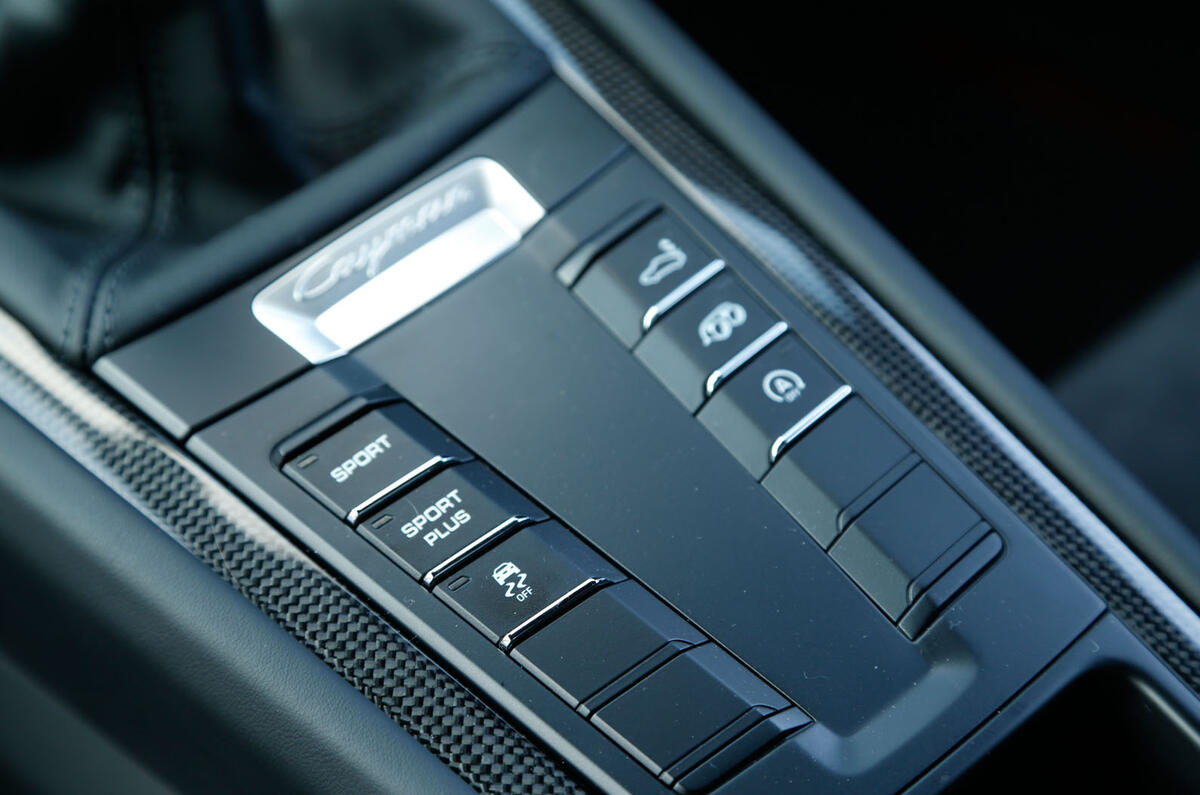









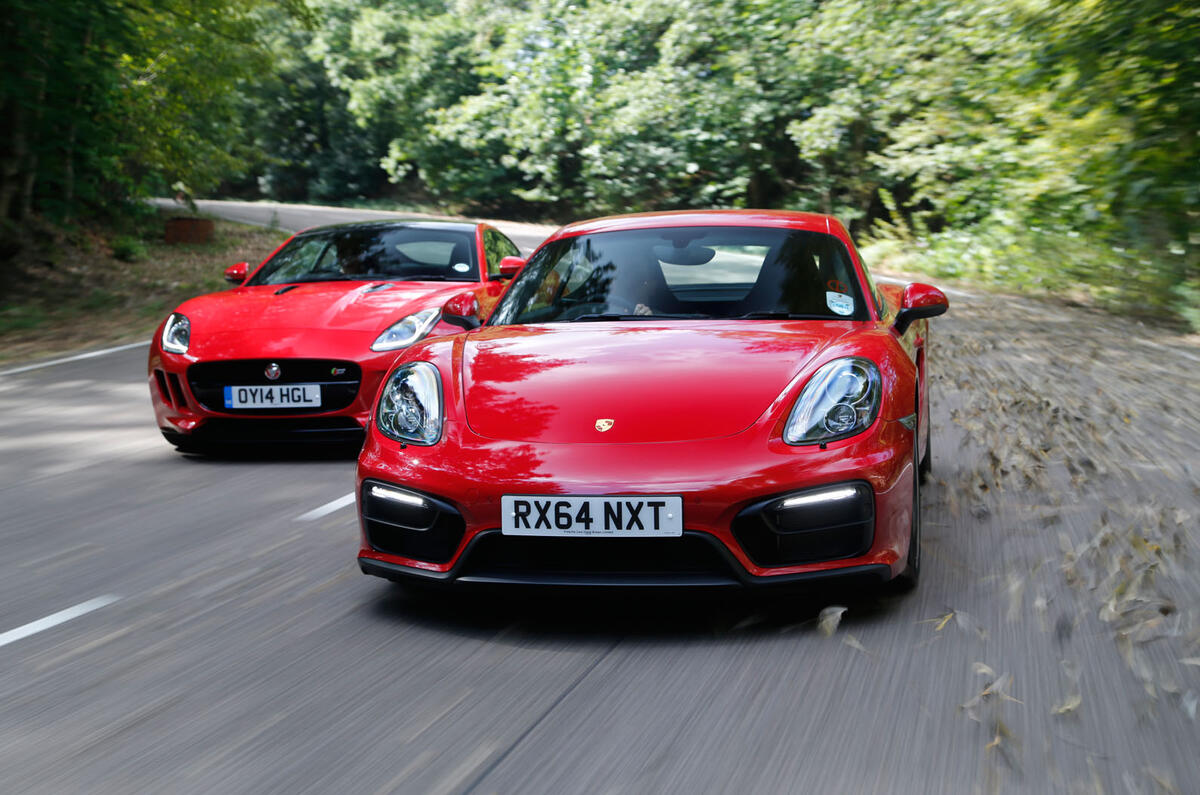














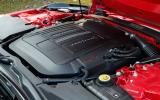
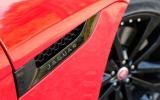











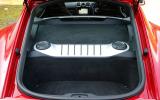





Add your comment
Rubbish comparison
It's all about the weight
Jaguar is my favourite maker so I hope it continues to go from strength to strength, but the F-Type is 250kg heavier and that should never have happened. In fact it is heavier than the 911 as well. So Jag's engineers cannot get 5 stars as a result, which is a shame because had they brought the car in at well under 1500kg as should have been the case all along - especially given that it is made of the much-vaunted alluminium - then it would have beaten the Cayman GTS in this test. As the figures below show, the Jag's 3-litre engine offers more power and torque than the Cayman GTS's 3.4 litre block, but then it has a lot more bulk to lug around. That is what makes the crucial difference.
So no excuses really, but perhaps Jag can continue working on the F-Type to work off that extra weight over time. It's a fantastic car but they may need to, and boost power from that engine too, because the proposed Alpha 6c looks stunning and the figures suggest Alpha are squeezing a huge amount of power out of its own V6 engine.
Porsche Cayman GTS
Kerb weight 1345kg; Engine 6-cyls 3436cc, Power 336bhp at 7400rpm; Torque 280lb ft at 4750rpm.
Jaguar F-type V6 S coupé
Kerb weight 1594kg; Engine V6, 2995cc, Power 375bhp at 6500rpm; Torque 339lb ft at 3500-5000rpm.
You can't go wrong